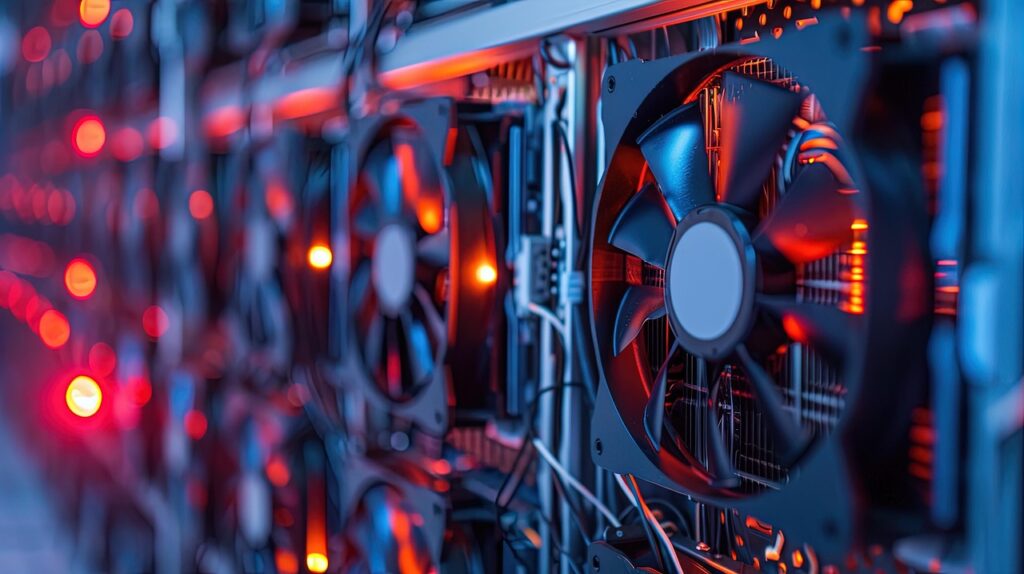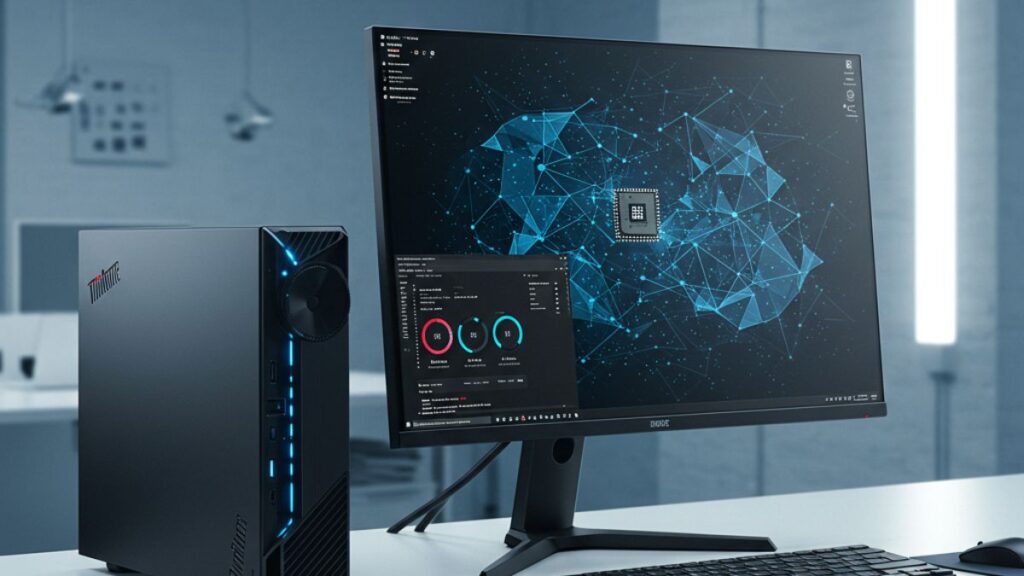I met with Mathias Steiner, who is a researcher out of the Rio de Janeiro IBM lab. He was talking about the amazing work that IBM is doing with a network of labs all working on sustainability, and material discovery focused on carbon capture and storage.
There are two ways to remove pollutants from the atmosphere. One is to stop producing them and let the Earth heal itself, and another is to pull the CO2 out of the atmosphere and put it somewhere else, ideally into a storage facility that will keep it contained indefinitely. These two approaches aren’t mutually exclusive and, if used together, could make material changes in the quality of our air and water while reversing much of what is currently causing climate change.
Let’s talk about that this week.
Carbon capture
This is an interesting and relatively new approach to getting CO2 out of the atmosphere. You pick a substance that can contain CO2, something like lava rock which has lots of air cavities, and you use that substance to store captured CO2. You can either perform this process subsurface in existing geological formations or use it as building material (if the process doesn’t release CO2), and you’ve effectively sequestered (locked up) this gas much as you would a person who has committed a crime.
Currently, there is a massive amount of work going on to find or create the ideal substances for carbon sequestration. In the process, new carbon capture and conversion materials have been found. This technology is being adapted to other forms of material research, like finding superior materials for energy storage, and could open a pathway to replacements for declining supplies of the rare earth metals that are crucial to electronics manufacturing.
Complex materials are very difficult to analyze. The analysis requires massive amounts of computational power and simulations at scale to determine both the effectiveness of the material and ways to use it more efficiently. This means that computational workloads from the analysts vary greatly, from simple database queries to full molecular analyses to test the viability of the resulting theory once a possible ideal candidate for the effort is discovered.
Validating hybrid cloud
This massive variability in computational power is ideal for a hybrid and multi-cloud environment because you don’t need to buy the supercomputer power you only occasionally need. Instead, you can rent it. And you can pick from several providers to find the most affordable instance that you need to do the work. The more money you save doing the research, the more money you have to do additional research, which could increase the probability of finding the ideal material for a particular task like carbon sequestration.
IBM’s approach is to enable companies to have a variety of cloud resources and materials discovery tools at their disposal that can be dynamically selected based on need and centrally managed to assure the lowest cost and highest security. The most secure efforts tied to either Watson or quantum computing largely take place in the IBM Cloud, as well.
This level of flexibility and capability is unique in the segment. Given it is IBM labs doing much of the work, it’s a clear benefit to IBM and the ongoing effort to reduce CO2 and mitigate climate change.
Wrapping up
Carbon sequestration and unique material identification have broad applications, from reducing carbon in the atmosphere to finding new and better materials to build almost anything, including revolutionary batteries and manufacturing materials. The effort is also a showcase for IBM’s multi-cloud approach because it requires resource availability ranging from local workstations to remote supercomputers depending on the phase of the project and the nature of the analysis and simulation.
In the end, this carbon sequestration effort has far-reaching implications across a variety of industries, and as a showcase for hybrid multi-cloud, it is impressively powerful as well.



